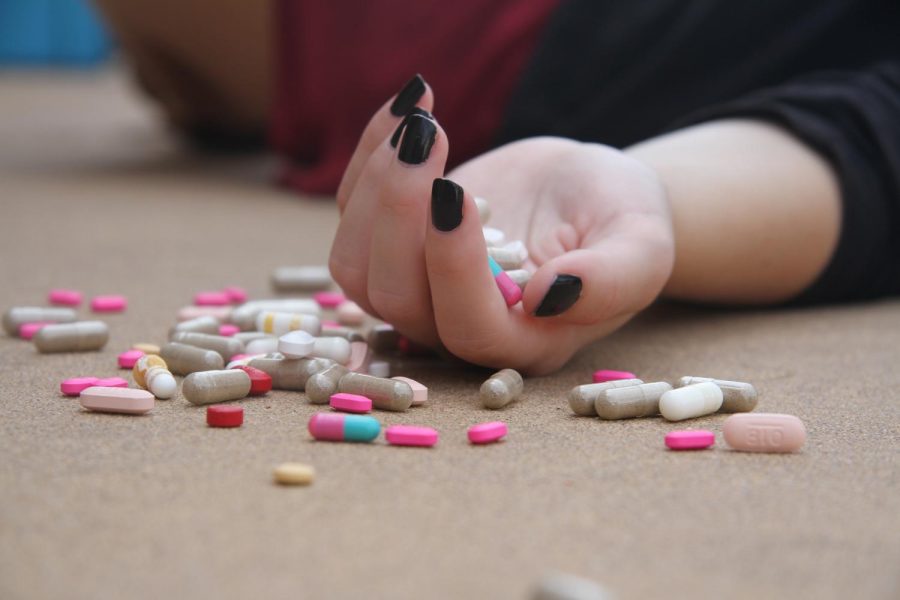Teenagers on Drugs
Generation Z, we make up 25 percent of the population and we are addicted
Sophia Davis, WSS Intern|November 9, 2018
Cherie Duggan, the Clinical Director for the youth services at the Area Substance Abuse Council,known as ASAC, divulged eye opening information on adolescence drug abuse. Duggan has worked as a substance abuse counselor for 24 years and the last 22 of those years Duggan worked at ASAC. Duggan has worked with a wide variety of kids with substance abuse issues.When asked how she thought the media affected teenage drug abuse, Duggan said “It makes it seem as if it’s not dangerous. The biggest concern with social media with media of any sort with song music is that it’s always glamorized, and the real pain and the real illness and disease of the addiction is never what’s truly put out there for anybody to see, and always looks like it’s fun. It’s exciting. It’s a way to look cool. It’s a thing to use to cope, but they never really go into the depth and the details of what happens when you’re addicted. What happens once you can’t stop using what happens when it affects all other parts of your life and starts ruining the relationships you have. That part is seldom ever talked about, it’s the exciting part. And it has an exciting aspect to it.”
Her facility within the last year had the youngest case of abuse she’d seen in 25 years in the business. This case wasn’t a 9, 10, or 11 year old who was experimenting with substances given to them by a sibling, parent, or person in their household. This was a 10 year old who was reporting daily marijuana use for six months. “What really is consuming is the effects that it [marijuana] has.” Duggan said, “So we will get a department of human services involved or some other type of entity involved in the case because he isn’t at an age where he can actively seek it, purchase it, or have a desire to want to use it to begin with. It was introduced to him by somebody else. And so by no fault of his own, and that would be neglected care, and neglected parental supervision. Clearly, he needs something else. But that was our toughest case. And we’ve only just seen that in the past month” Duggan says.
Teen drug abuse is a growing problem, influenced by the media, and peer pressure. Adolescent drug abuse programs, like ASAC, have lost funding over the past two years, and substance abuse is not a problem that can be ignored or set aside.
